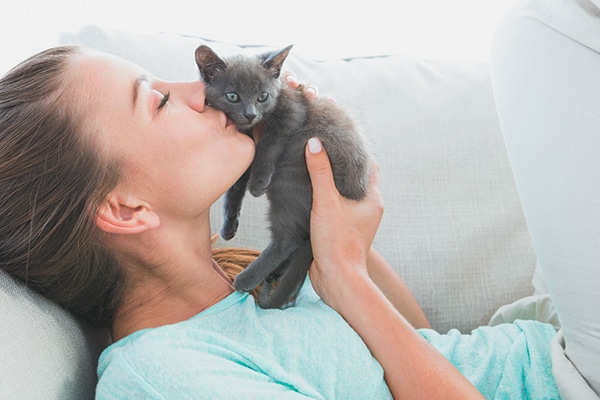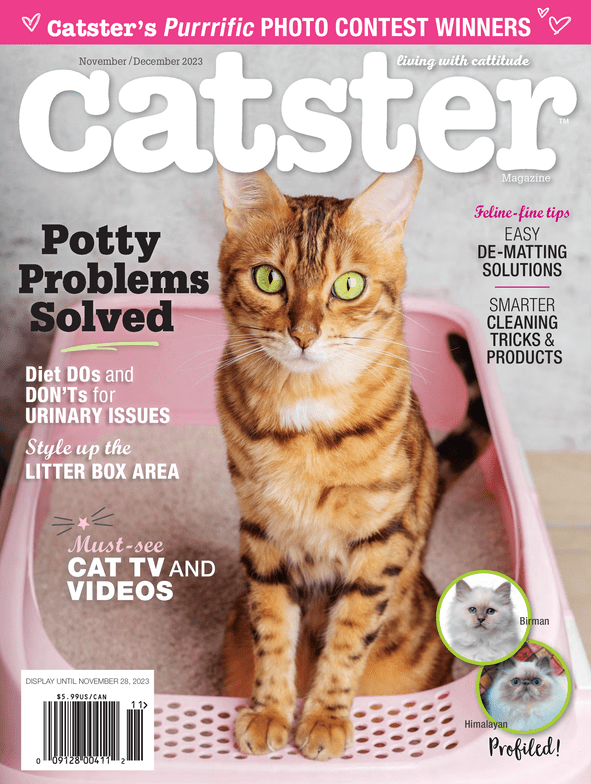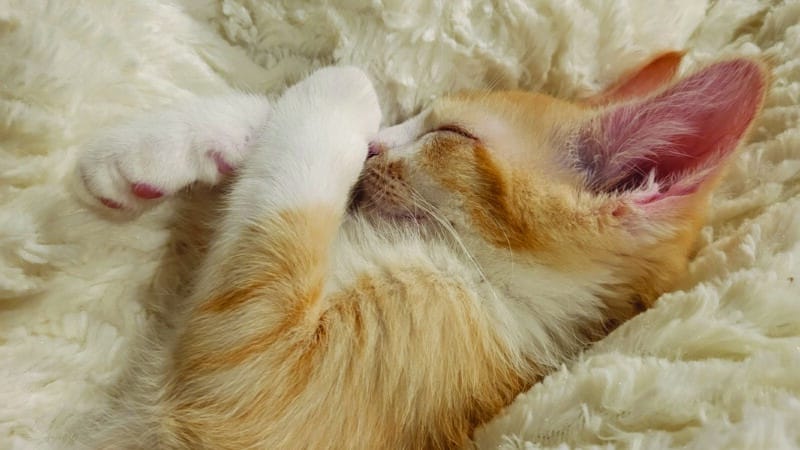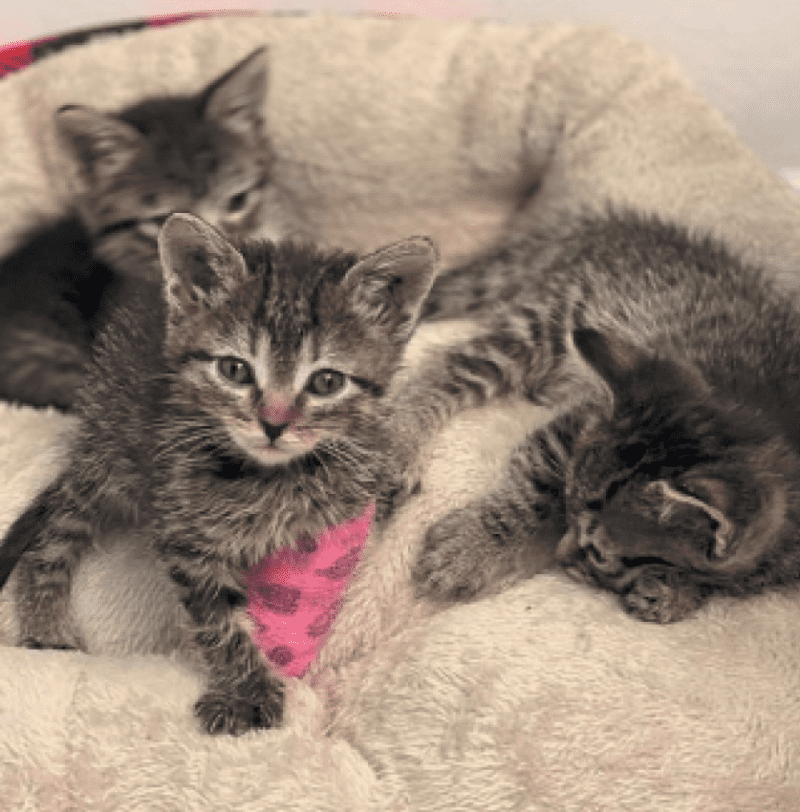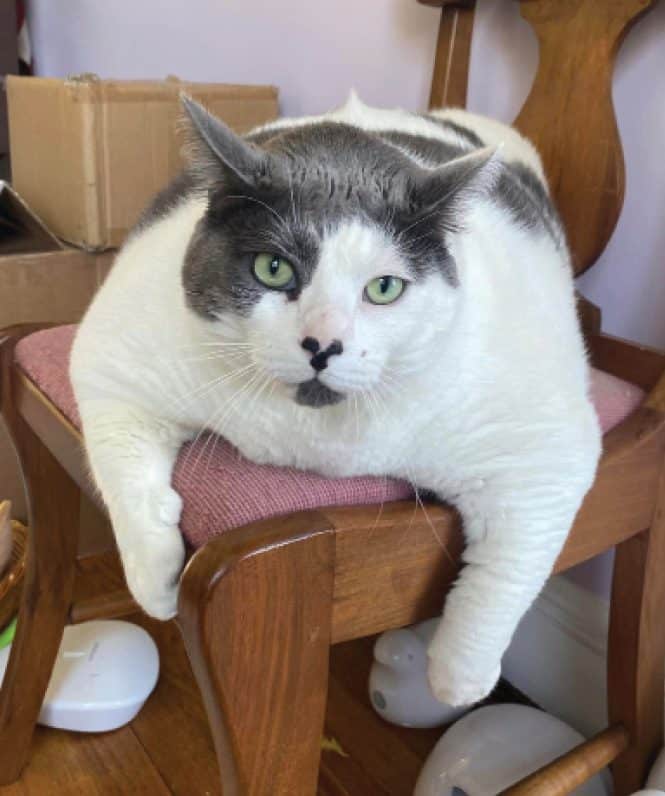Feline Infectious Peritonitis, or FIP in cats, is arguably the most tragic diagnosis for a kitty. That’s because FIP in cats occurs mostly in kittens, and it’s fatal. “They’re our innocent babies,” says Susan Gingrich, founder of the Winn Feline Foundation’s Bria Fund, which has raised dollars to help fund FIP studies since 2005.
What is FIP in cats?
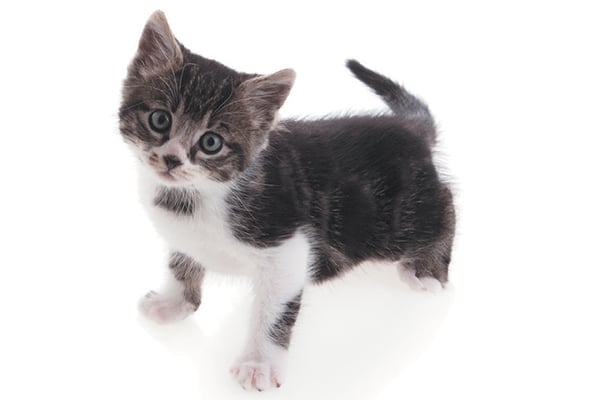
Even with decades of support by Winn and other organizations, figuring out FIP hasn’t been easy. It turns out that three different types of mutations lead to FIP. One was discovered at UC Davis, another at the University of Utrecht in the Netherlands and a third at Cornell University. Dr. Niels Pedersen, professor emeritus at the University of California Davis School of Veterinary Medicine, and others have shown there may also be a genetic component to FIP, particularly in pedigreed cats. Environmental factors are also important. The highest incidents of FIP occur in dense multi-cat environments that include kittens. Therefore, the most common occurrences of FIP are seen in foster/rescues, shelters and pedigreed catteries.
And, there’s a larger occurrence of FIP than ever. In fact, it’s likely the most common infectious disease in cats worldwide. That’s one of the astounding announcements made by Dr. Pedersen at the annual Winn Feline Foundation Symposium on June 29, 2017 in Chicago. For those who have called FIP rare: wrong. And for those who have called FIP fatal: correct. But, that fatal diagnosis may not be correct for long, if resources are stepped up by industry or individual donors to the Winn Feline Foundation’s Bria Fund.
“This is the first time that a clinical case of FIP has been potentially cured using a drug specifically targeting a virus,” Dr. Pedersen says.
Possible treatment for FIP in cats
The treatment idea was to use an antiviral drug, similar to one used to treat HIV/AIDS and hepatitis C. Virus-fighting drugs weren’t always considered effective, but today options exist that didn’t a decade ago. Dr. Pedersen initially collaborated with Dr. Yunjeong Kim of Kansas State University College of Veterinary Medicine on a drug called GC376. After first testing general safety in a lab, Dr. Pedersen began a field trial clinical study last year.
Dr. Pedersen’s team at UC Davis accepted 20 willing owners of cats with both forms of FIP. The wet form of FIP is characterized by accumulation of fluid in the abdominal cavity, the chest cavity or both. Cats with fluid in the chest exhibit labored breathing. Cats with fluid in the abdomen show progressive, abdominal distension, as if the kitten has a “beer belly.”
In the dry form of FIP, small accumulations of inflammatory cells, or granulomas, form in various organs, and clinical signs depend on which organ is affected. If the kidneys are affected, excessive thirst and urination, vomiting and weight loss are seen; if the liver is affected, jaundice results. The eyes and the neurologic system are very frequently affected as well.
Dr. Kim and her team laboriously synthesized the drug needed to treat cats twice daily for up to 12 weeks. Nineteen of the 20 cats responded to treatment, returning to normal or near-normal health. Unfortunately, 13 of the cats had rapid relapses of FIP during some stage of the treatment. Those cats required euthanasia. However, if you’re keeping score, there are seven remaining cats. These cats continue to appear to be in remission, five to 11 months out, at this writing. The hope is that they are cured, though only time will tell. And their owners are thrilled. After all, it seems that their kittens beat a fatal disease.
The future of FIP in cats
While other approaches have reportedly cured individual cats, there’s much that makes Dr. Pedersen’s prospects different. For starters, he will be published in the Journal of Feline Medicine and Surgery.
And true enough, all the cats weren’t saved — that result of some relapsing might have been predicted because of the inability of the drug used to pass through the blood/brain barrier. Still, Drs. Pedersen and Kim believe that GC376 has opened the door for other drugs, perhaps ultimately to be used in combination, to solve FIP. Moving forward Dr. Pedersen and his group are already collaborating with Gilead Sciences, Inc. to identify new drugs to fight FIP. Some early work with a nucleoside inhibitor, based on research of the Ebola infection in people, appears promising because of its ability to cross the blood/brain barrier.
Any real treatment for FIP might be called a miracle, one for which Gingrich has worked hard to raise money. “I was then and I remain determined to solve the mysteries of FIP and even raise enough money so we can fund studies to find a cure,” she says. “We’re actually so close that I can taste it.”
Dr. Vicki Thayer, executive director of the Winn Feline Foundation notes the nonprofit’s historic contribution focused on FIP. From its first grant
in 1973, Winn has funded approximately $675,000 toward FIP research. She says, “We are in the fight to Winn it.”
Thumbnail: Photography ©Wavebreakmedia | Thinkstock.
Steve Dale is a certified animal behavior consultant who’s authored several books, including the e-book Good Cat, and has contributed to many, including The Cat: Clinical Medicine and Management, edited by Dr. Susan Little. He hosts two national radio shows and is heard on WGN Radio, Chicago, and seen on syndicated HouseSmartsTV. He’s on the board of the American Association of Human-Animal Bond Veterinarians and Winn Feline Foundation. Visit him at stevedale.tv.
Editor’s note: This article appeared in Catster’s print magazine. Have you seen Catster Magazine in stores? Or in the waiting area of your vet’s office? Click here to subscribe to Catster and get the bimonthly magazine delivered to your home!
Read more about cat health on Catster.com:

